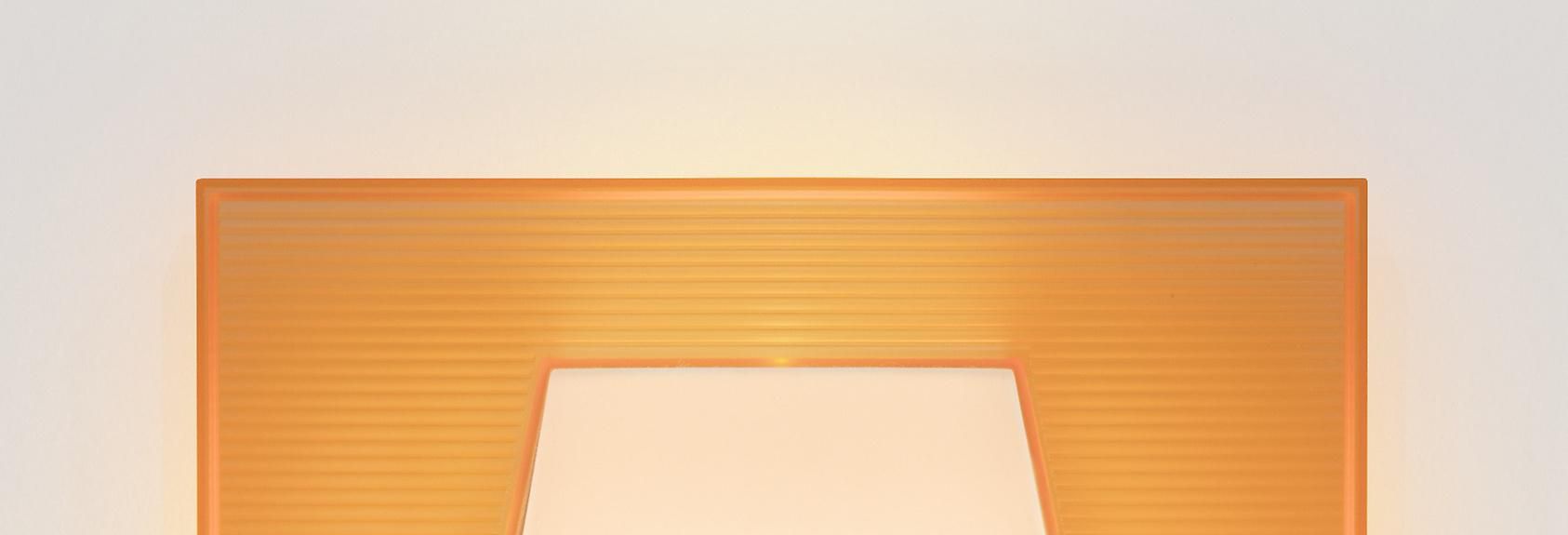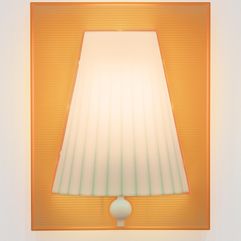

Philippe Starck
1949 - Present
Philippe Starck is a French industrial architect and designer known for his wide range of designs, including interior design, architecture, household objects, furniture, boats and other vehicles.
Life
Starck was born on 18 January 1949 in Paris. He is the son of André Starck, who was an aeronautics engineer. He says that his father often inspired him because he was an engineer, who made invention a "duty". His family is originally from, and lived in, the Alsace region, before his grandfather moved to Paris. He studied at the École Nissim de Camondo in Paris.
Career
While working for Adidas, Starck set up his first industrial design company, Starck Product, which he later renamed Ubik after Philip K. Dick's novel. For this company, he built relationships with manufacturers across Europe including: Driade, Alessi, and Kartell, in Italy, Drimmer in Austria, Vitra in Switzerland, and Disform in Spain.
In 1983, then-French President François Mitterrand, on the recommendation of his Minister of Culture, Jack Lang, chose Starck to refurbish the president's private apartments at the Élysée. The following year he designed the Café Costes.
After this, Starck's output expanded to include furniture, decoration, architecture, street furniture, industry (wind turbines, photo booths), bathroom fittings, kitchens, floor, and wall coverings, lighting, domestic appliances, office equipment such as staplers, utensils, tableware, clothing, accessories, toys, glassware, graphic design and publishing, food, and vehicles for land, sea, air and space.
Architecture
The buildings he designed in Japan, starting in 1989, went against the grain of traditional forms. The first, Nani Nani, in Tokyo, was described as a biomorphic shed. A year later he designed the Asahi Beer Hall in Tokyo, a building topped with a golden flame. This was followed in 1992 by Le Baron Vert office complex in Osaka. In France he designed the extension of the École Nationale Supérieure des Arts Décoratifs (ENSAD) in Paris (1998).
In 1991, Starck designed one of the pavilions for the new Groninger Museum.
Since the late 1980s, Starck has designed several hotels in different countries, these include the Royalton Hotel (1988) and the lobby of the Paramount Hotel (1990) in New York City, the Delano in Miami, the Hudson Hotel, the Mondrian Hotel in West Hollywood, the Sanderson, the Saint Martin's Lane in London, Le Meurice renovations in 2016, the Royal Monceau (2010) and, more recently, the Hotel Brach (2018) and the Hotel 9Confidentiel (2018), in Paris. Also in France, in the South West, Philippe Starck designed La Co(o)rniche and Ha(a)itza hotels, both in Arcachon, near the Dune of Pilat. In 2019, Starck created the Lily of the Valley Hotel on the French Riviera and in 2020, opened La Réserve Eden au Lac Zurich.
Starck has designed several restaurants, including in the early years, the Café Costes (1984) in Paris, Manin (1985) in Tokyo, Theatron (1985) in Mexico City, Teatriz (1990) in Madrid, and, more recently, several restaurants with the Alajmo brothers in Paris, Venice and Milan: Caffe Stern (2014), Amo (2016), Gran Caffe Quadri (2018) and Amor (2019), La Réserve à la Plage in Saint Tropez, with Michel Reybier Hospitality, and The Avenue at Saks in New York in 2019.
The Alhondiga, a 43,000 square-meter culture and leisure venue in Bilbao designed by Starck, opened in 2010.
Starck also designed affordable and adjustable pre-fabricated P.A.T.H. houses.
Starck was commissioned by the Hilton Worldwide to create an entirely new hotel in Metz, France. Maison Heler is a phantasmagoric building topped by a traditional Alsatian house, a poetic symbol of the region that should open in 2021.
Yachts
In 2002 he designed Wedge Too, which was built by Feadship.
In 2004, commissioned by Russian Oligarch Andrey Melnichenko, Starck designed the Motor Yacht A and then, in 2012, A (sailing yacht), one of the world's largest sailing yachts.
Starck designed the infrastructure for the Port Adriano harbour on the south-west bay of Palma de Mallorca, Mallorca and was artistic director for the interior. It opened in April 2012.
In 2008, he designed Steve Jobs's yacht Venus, which was launched in October 2012, just over a year after the death of Apple's founder. The yacht was built at Aalsmeer in the Netherlands.
Furniture
Zartan, created for Magis by Stark in 2010, is a chair entirely made from natural material like bamboo, linen and hemp fiber, a non-toxic and biodegradable alternative to replace plastic.
In 2012, Starck released Broom for Emeco, an anti-waste chair made of materials collected in lumber and plastic plants.
Starck released Cassina Croque la pomme in 2019, a furniture collection for Cassina, entirely made from a vegan fabric, with apple leather.
For Salone del Mobile 2022, Dior Maison invited Starck to reinterpret the timeless Médallion seat.
Technology
In 1996, Starck worked with Alain Mikli to launch Starck Eyes. In 2013 Luxottica bought Starck Eyes and renamed it Starck Biotech Paris in 2019. Starck Biotech Paris is inspired by the human body to create revolutionary eyewear, merging design with biomechanics.
Starck helped design the Xiaomi Mi MIX smartphone, notable for having a 6.4-inch "whole surface screen".
In 2016, Starck developed a GPS-tracking wristband, DIAL (Individual Alert and Localization Device) for Société nationale de Sauvetage en Mer, which allows endangered people to share their exact location with rescue services from the sea or the beach.
In 2018, Starck collaborated with Axiom Space and created the interior of the International Space Station's housing module - a comfortable and luxurious living space adapted to weightlessness, with suede-textured walls, big windows to appreciate the view and all the technology needed to stay connected.
In 2019, Starck unveiled the AI chair to the public. The AI chair was developed in collaboration with experts of the 3D software company Autodesk and designed with help of Artificial Intelligence.
Collections
Starck's work is seen in the collections of European and American museums, including the Musée National d'Art Moderne (to which he has donated several pieces, in particular, prototypes) the Musée des Arts Décoratifs in Paris, MOMA and the Brooklyn Museum in New York City, the Vitra Design Museum in Basel and the Design Museum in London. More than 660 of his designs were inventoried in French public collections in 2011.
Text courtesy of Wikipedia, 2024


